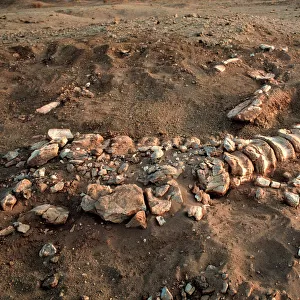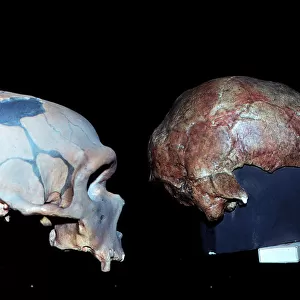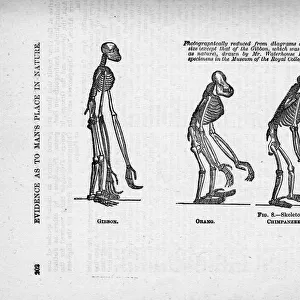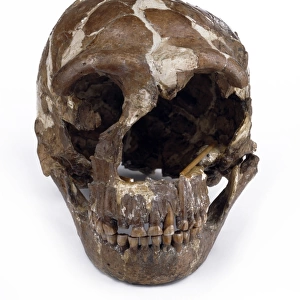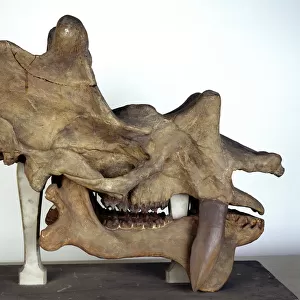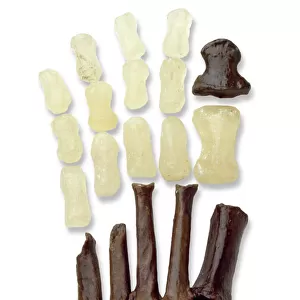Home > Animals > Mammals > Primates
Affenbande am Flusse
![]()

Wall Art and Photo Gifts from Mary Evans Picture Library
Affenbande am Flusse
A troup of monkeys on the riverside, page 199 from Loango Expedition 1873-1876 published in 1879, by P Gussfeldt et al
Mary Evans Picture Library makes available wonderful images created for people to enjoy over the centuries
Media ID 8621837
© Mary Evans Picture Library 2015 - https://copyrighthub.org/s0/hub1/creation/maryevans/MaryEvansPictureID/10707747
Epitheria Eutheria Haplorhini Hominoid Hominoidea Loango Mammalia Monkey Placental Mammal Primate Primates Simia Simian Simiiformes Theria
Affenbande am Flusse
EDITORS COMMENTS
(A Troup of Monkeys on the Riverside), captured on page 199 of the Loango Expedition 1873-1876 publication in 1879, offers a fascinating glimpse into the natural world of primates during the late 19th century. This image, published by P. Gussfeldt and his colleagues, showcases a lively group of monkeys gathered on the banks of a tranquil waterway. The monkeys, members of the Simian order and specifically the Haplorhini suborder, are identified as primates within the larger class of Mammalia. The branching trees in the background serve as a testament to their arboreal habitat, a characteristic common to most primates. These agile animals, with their opposable thumbs and complex social structures, are part of the Primates order, which includes hominoids and hominoidea, our closest living relatives. The monkeys in this photograph belong to the Epitheria class, which includes placental mammals, and the subclass Mammalia, characterized by the presence of mammary glands. More specifically, they are part of the infraorder Simiiformes, which includes monkeys, apes, and other primates. The Affenbande, or monkey troop, is a social unit that plays a crucial role in their survival and development. The image reveals the diversity of the group, with various individuals engaging in activities such as grooming, playing, and observing their surroundings. This photograph, a valuable historical record, not only highlights the natural history of these intriguing creatures but also offers a glimpse into the scientific exploration and documentation of the natural world during the late 19th century. The Loango Expedition, led by Gussfeldt and his team, was instrumental in expanding our understanding of the diverse and captivating world of primates.
MADE IN AUSTRALIA
Safe Shipping with 30 Day Money Back Guarantee
FREE PERSONALISATION*
We are proud to offer a range of customisation features including Personalised Captions, Color Filters and Picture Zoom Tools
SECURE PAYMENTS
We happily accept a wide range of payment options so you can pay for the things you need in the way that is most convenient for you
* Options may vary by product and licensing agreement. Zoomed Pictures can be adjusted in the Cart.


